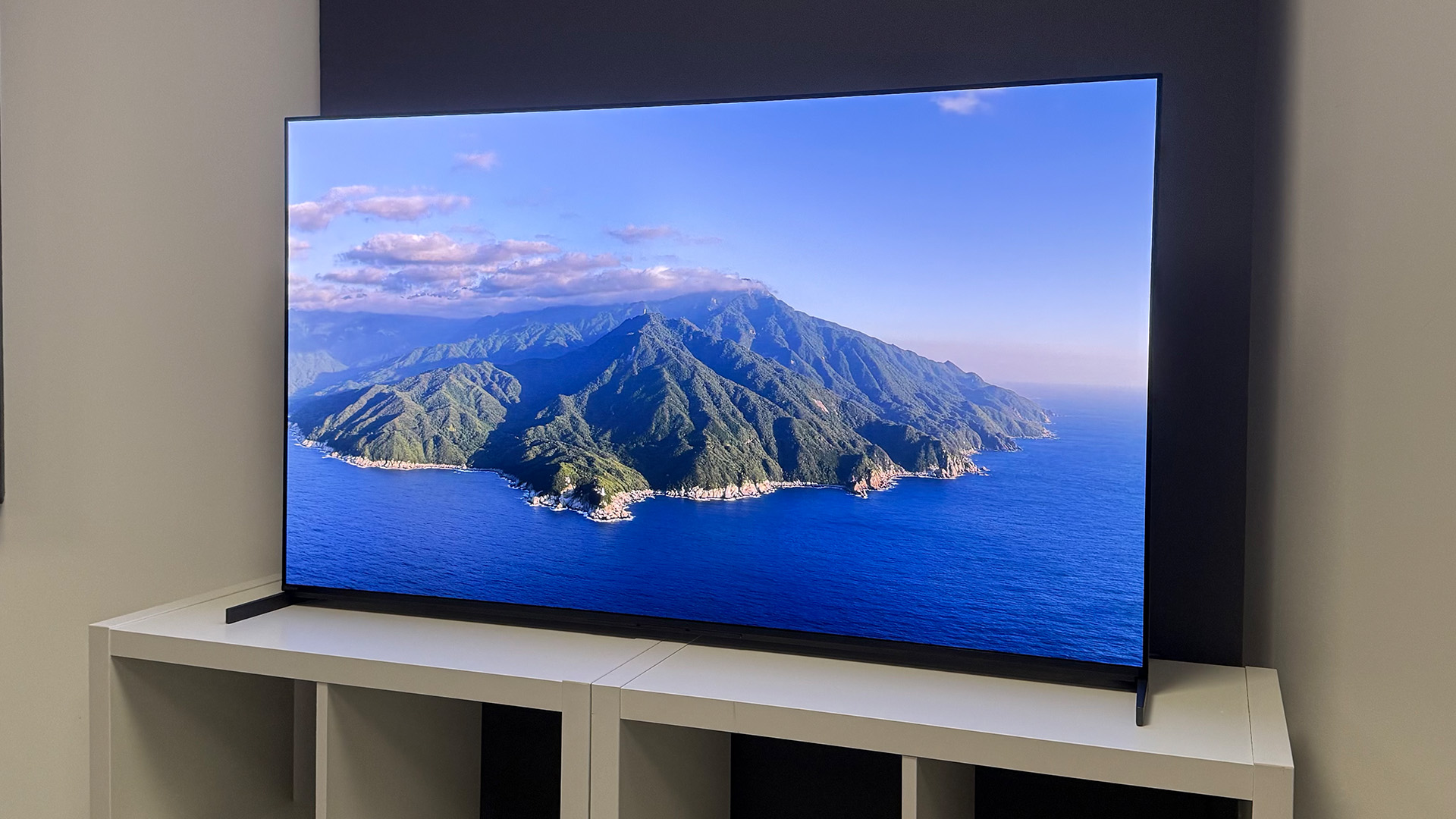LG, SEOUL: 3D without the special glasses - well, sort of...
One thing you learn about press trips is that they run to strict schedules, so when we left one of LG's facilities half an hour early, we covered a ten minute bus journey from Seoul National University to the R&D centre in about 40minutes, the bus in first gear, hazard lights flashing in the inside lane, much to the consternation of that infamous Seoul traffic.
What were we going to see? This.
It's LG's 3D monitor, not to be confused with 3D TV. The latter needs those special glasses; this one runs dedicated programme material on a standard 1080p screen, and can be watched 'unspectacled'.
It works by showing left and right eye images in rapid succession, but in this case rather than using just alternating frames, the LG system uses ten viewpoints for each frame. We're told the system's already attracting a lot of interest from advertising companies.
All well and good so far, but it isn't able to make cans of fizzy drink leap out of the screen at you at a casual glance. There's a particular viewing distance at which the effect is most convincing - and it admittedly can be very good - but if you imagine a line left to right, parallel to the screen, moving just a smidge along it to one side or another can cause the image to pop into 3D focus or look a bit of a headachey mess.
What's more, when the showreel changes from one clip to the next, what was the optimal viewing position can become wrong, and another little shuffle to left or right is required.
The LG people with pens in their top pockets say they can use material shot for the format, or convert existing 3D movies for viewing on the monitor. As evidence, they showed us a clip from Spy Kids 3D, as you can see from the very 2D picture at the top of this story.
The latest hi-fi, home cinema and tech news, reviews, buying advice and deals, direct to your inbox.
They also demonstrated how standard movies can be converted by the software behind the system, showing a clip of the attack sequence from Pearl Harbor. Opinions among our group were, to say the least, mixed, as they were when we were shown a sequence with a 3D image laid over a standard movie.
The sight of a CGI dragon buzzing over the French Alps as the tracked Peugeot from Taxi 3 hurtled down the slopes was nothing if not surreal. It almost made some sense over a commercial for one of the company's Tromm washing machines, which gives you some idea of how long a day it'd been.
But don't expect this technology to revolutionise your TV viewing any time soon. It's far from 'on the fly' 2D-to-3D conversion, and in fact 15 seconds of content takes two hours to process.
Out with the trusty travelling abacus, and I am here to tell you that converting the rest of Pearl Harbor is going to take quite a while. In fact, with a running time of 184 minutes, if they started on it now and the computers ran night and day, it'd be ready some time around the end of January.
But then the technology is only semi-automatic, needing some operator input (though they're working on that), so let's call it some time in late Spring 2009.
Interesting technology, but we got the impression more work might be needed...
Andrew has written about audio and video products for the past 20+ years, and been a consumer journalist for more than 30 years, starting his career on camera magazines. Andrew has contributed to titles including What Hi-Fi?, Gramophone, Jazzwise and Hi-Fi Critic, Hi-Fi News & Record Review and Hi-Fi Choice. I’ve also written for a number of non-specialist and overseas magazines.
